Have you ever felt a sharp pain or ache on the outside of your knee, which even spreads up or down your leg, and occasionally up towards your hip.
The pain sometimes starts when you begin to run and then stops when you stop running…
Well, if the outside of your knee is tender to the touch and you have some swelling… chances are VERY high that you are suffering from Iliotibial Band Syndrome (ITB).
The IT band is a ligament that runs along the outside of the thigh, from the top of the hip to the outside of the knee. IT band syndrome happens when that ligament that runs along the outside of the thigh thickens and rubs the knee bone, causing inflammation and pain.
Let’s have a deeper look into what IT Band Syndrome is…
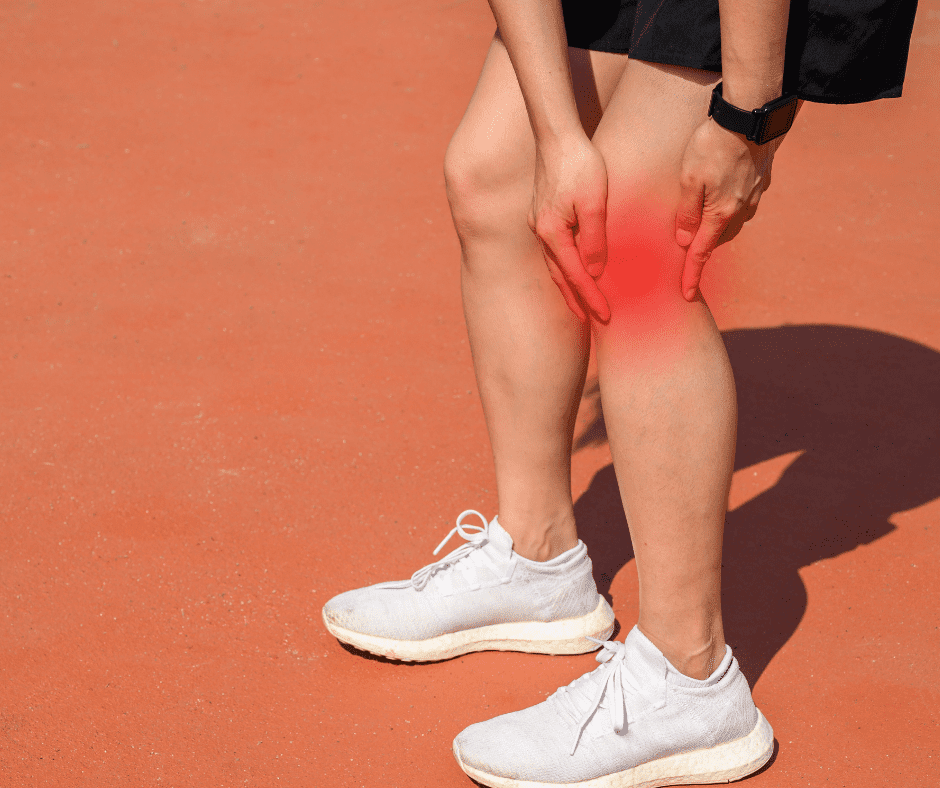
IT Band Syndrome
Your iliotibial band commonly referred to as your IT band, is a long piece of connective tissue that runs from your outer hip to your knee.
The purpose of your IT band is to help stabilize your knee when you’re walking or running.
ITB is common in runners due to tension in the ITB due to tight hip flexors, tight quads, weak glutes, weak abdominals, and weak hips.
Now that we know what it is… How do we prevent getting it in the first place?
How To Prevent Getting IT Band Syndrome
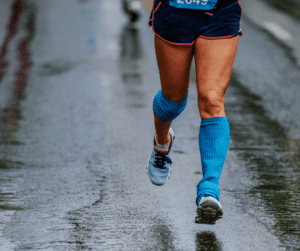
One can prevent getting ITB by maintaining a really good range of motion in the hips, by maintaining flexibility in the hamstrings, quads, and hip flexors.
Flexibility in the hip flexors needs to be maintained in particular because we spend a lot of our time sitting at desks and driving cars.
ITB often starts from us just sitting too often for too long periods. What we notice is that there is a slight turning in of the femur (which is the thigh bone) and that causes tightening up of the glutes and the glute medius as well as the tensor fascia lata (which goes straight into the Iliotibial Band) and that is what tightens that system up and causes it to catch on the Bursa.
- Having nice, strong glutes will help to pull that femur back into the position it is supposed to be in.
- Stretching your hip flexors will help you to have a good range of motion and take pressure off that whole system.
Here at Coach Parry, we’re massive advocates of strength training. We’ve put together this free strength training plan for runners that you can do once a week, at home and with no expensive equipment needed. You can access it by clicking here.

What To Do If You Experience Iliotibial Band Syndrome While Training
If you’re in the middle of a big training block and say for example you’re training for a marathon coming up… and all of sudden you start showing symptoms of ITB…
This is what you need to do:
Firstly, the good news is that ITB is hardly ever solved with rest.
ITB is what we call a low-level inflammatory disease, basically… you only feel it when you are running.
The fact that you only feel ITB when you are running means that your body doesn’t see it as a priority because it’s actually not that debilitating.
Even when you are running and feel the pain, it’s more irritating than too painful to stop running.
If you experience ITB while training we recommend cutting back on your running mileage and the intensity you are running your runs at.
The most important thing to do with Iliotibial Band Syndrome is that if you DON’T treat it then you WILL struggle with it for months and months.
On that note… let’s see how you can treat ITB
If ITB is stopping you from running then Brad and Shona have the strength training solution for you:
IT Band Syndrome Treatment
- Hip flexor stretches
- Glute strengthening
- Visit a physiotherapist to help with the inflammation and to assess if it is the actual cause.

We would go as far as to say that 9 out of 10 Iliotibial Band Syndrome cases are caused by a combination of overuse and very tight hip flexors.
The initial treatment for ITB syndrome should aim to reduce your pain and inflammation.
Further treatment includes physiotherapy to gradually get you back to your usual activities.
Most people recover and can go back to sports or running within four to six weeks.
IT Band Syndrome & Foam Rolling
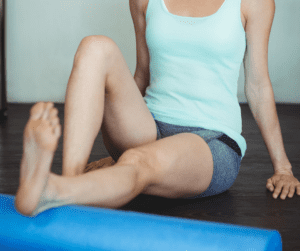
A lot of people have asked us if foam rolling can help treat ITB and the jury is out…
Massage does work and foam rolling is a type of massage, although using a foam roller while your ITB is inflamed will actually worsen the pain.
For this type of injury and particularly where it’s hard to get the right kind of pressure on it, we recommend using a golf ball or a good old baking rolling pin to get in there.
As we mentioned above, to REALLY release your hip flexors we recommend physiotherapy.
Exercises That Cure ITB Super Fast
As we touched on earlier, the causes of ITB essentially stem from a lack of strength, which would then cause biomechanical issues.
The aim of these exercises is to strengthen the pelvic area (being the glutes and hip area) as well as your posterior chain (being your hamstrings and glutes).
What happens when you have ITB is that your hips start to become internally rotated, so if you can keep your hips open, it will keep your whole running gait in check.
Running is catabolic and is a repetitive motion, so you need to ensure that you have the strength to sustain that repetitive motion.
An inflamed ITB is uncomfortable, annoying, and can be painful… let’s have a look at some of the things you can do to alleviate the pain
What To Do If You Have ITB Syndrome
From a strength and conditioning point of view… There are a couple of things one can do but first, we need to remember that ITB can become chronic really quickly.
You should not try to run through Iliotibial Band Syndrome. We know runners tend to run through pain … and that is just not ideal.
You need to try and prevent it from becoming chronic because then it becomes really difficult to get rid of ITB Syndrome.
Firstly, we suggest a little bit of extra Rest, although unfortunately in this situation it’s not like shin splints, where the rest will fix it…
A little bit of rest will help relieve that compounding effect.
Secondly, in strength training, specifically, while you are strengthening your posterior chain, you should aim to loosen up or stretch your hip flexors.
The combination of stretching your hip flexors and strengthening your glutes & hips will make a HUGE difference.
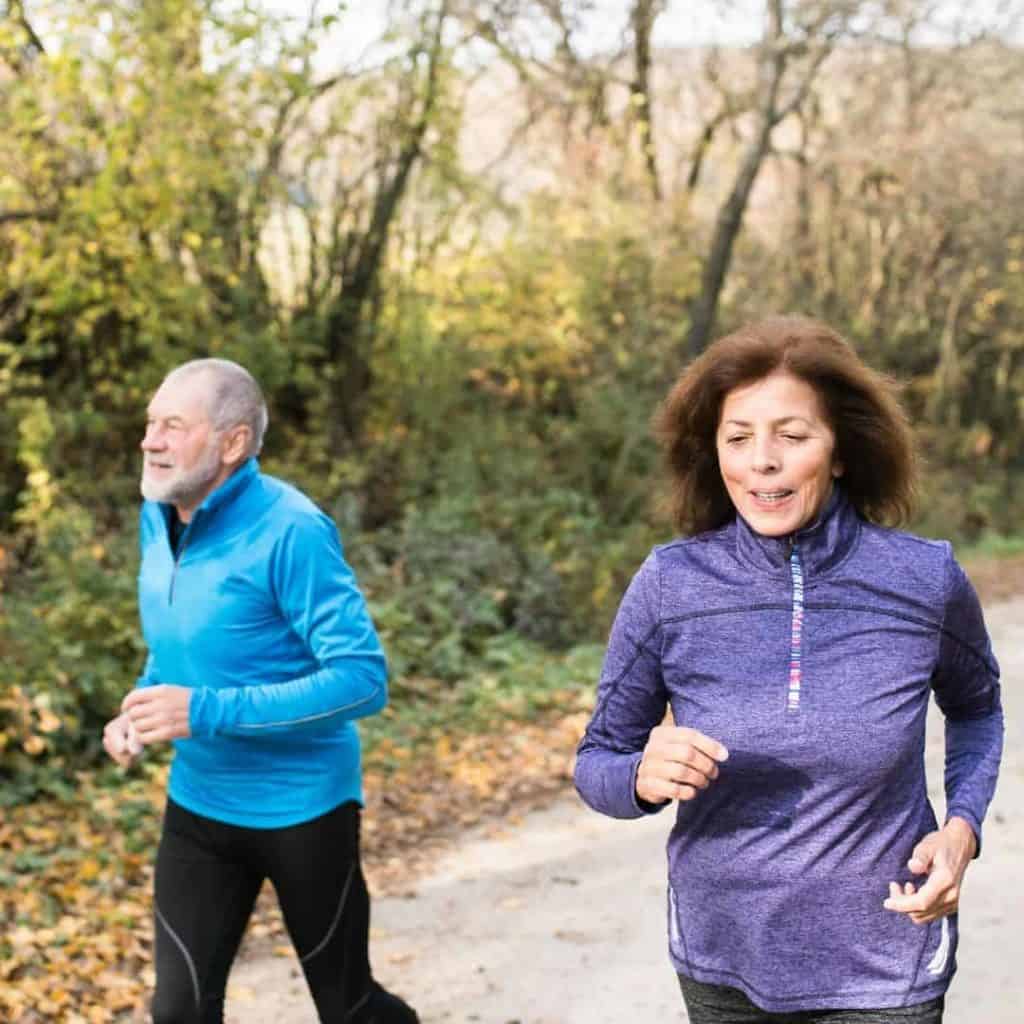
Join us for a free online presentation of the…
The Faster Beyond 50 Masterclass
…and discover how you can run well (and faster) as you get older, without training more or harder than you currently are, all while avoiding injury.
If it feels like you’re training harder than ever but not running the paces you’d like to be running or if you’re constantly tired, fatigued or running in some sort of pain, then this is specifically for you.



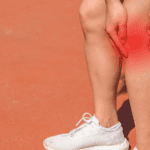
Comments are closed.